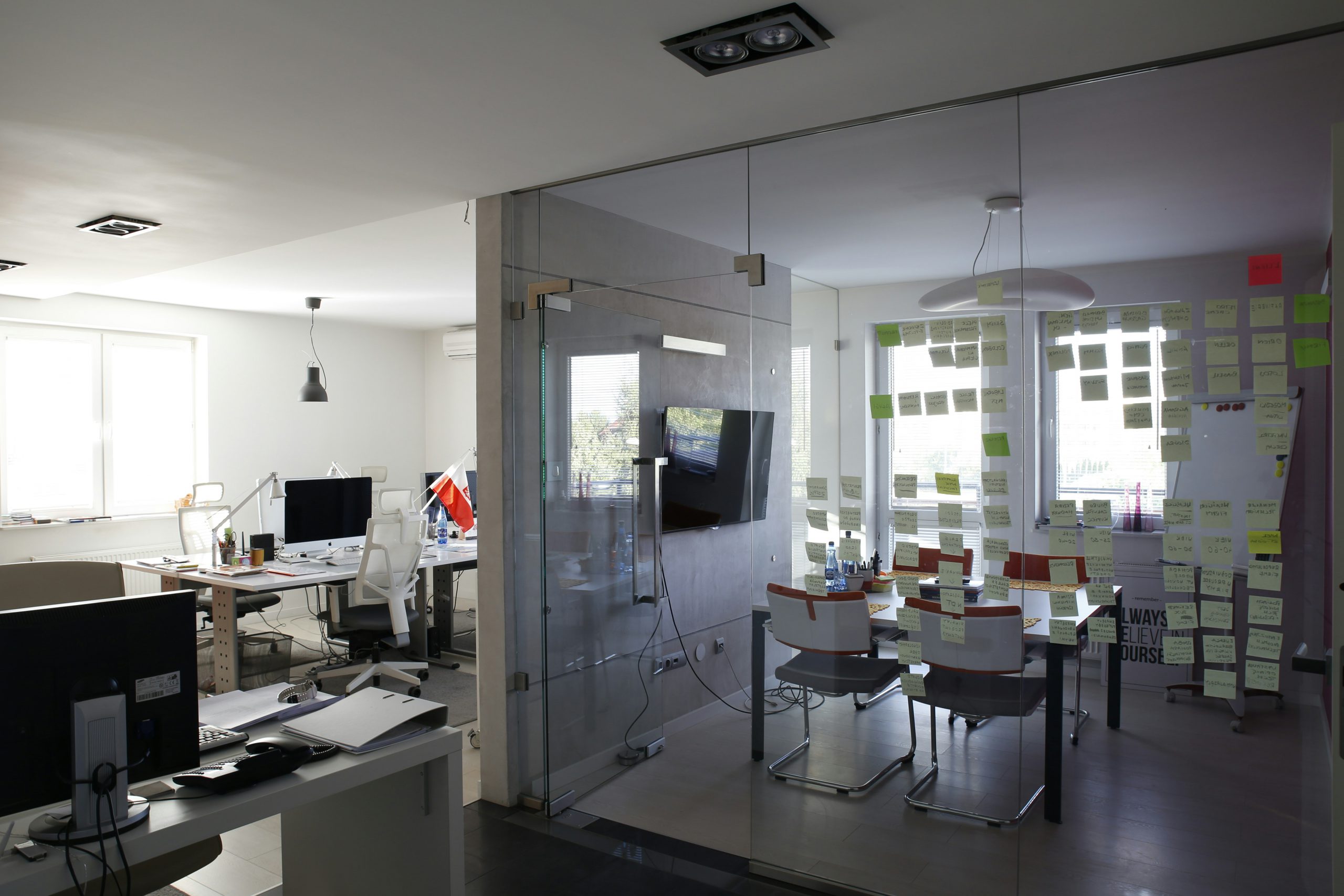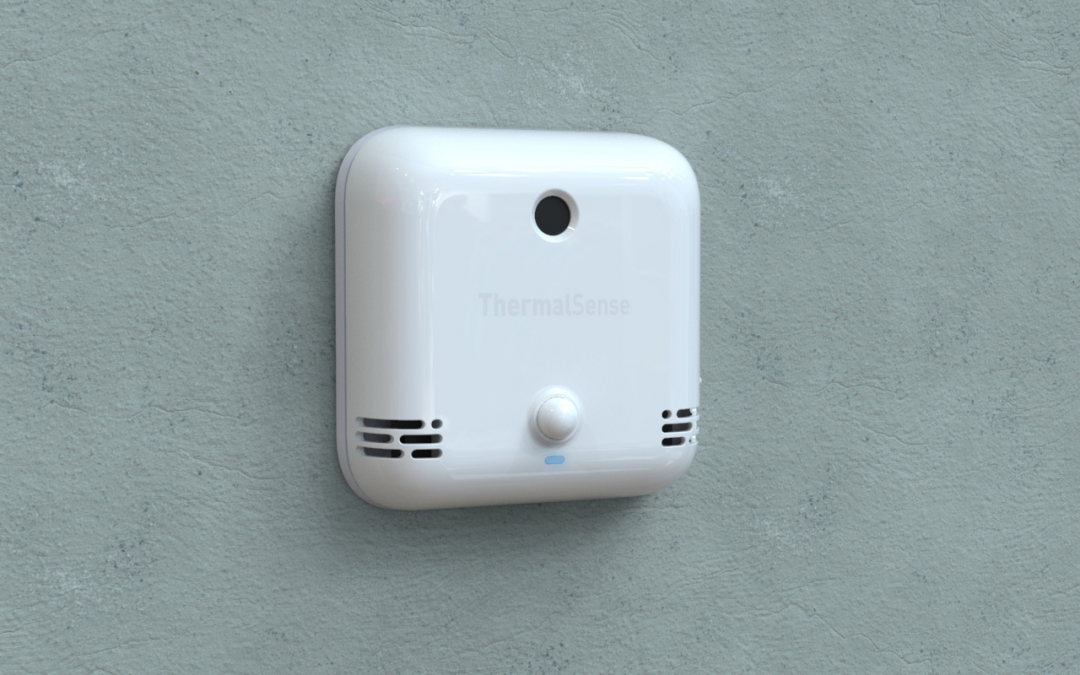Why Office Space Waste Hurts Your Bottom Line
Office space is your second-biggest expense after payroll. But here’s the problem:
- 40-60% of desks sit empty daily (JLL Workplace Report 2023).
- Companies waste $10,000+ per employee/year on underused space (CBRE).
The Fix: Use occupancy data to match your office size to actual needs. Here’s how:
Step 1: Measure What You’re Really Using
Track These 3 Metrics
- Desk Utilization Rate:
- What it is: % of desks used daily.
- Goal: Aim for >50% (LinkedIn saved 40% on real estate costs by targeting this).
- Meeting Room No-Shows:
- What it is: How often booked rooms go unused.
- Goal: Keep it below 15% (Envoy reduced this by 27% with automated reminders).
- Peak Occupancy:
- What it is: Busiest hour of office use.
- Example: A tech company found only 12% of desks used at peak—they downsized by 30%.
How to Start:
- Use sensors (e.g., Density) or badge swipes.
- Try ProSpace’s Occupancy Analytics Dashboard for automated tracking.
Step 2: Right-Size Your Office
Cut Unnecessary Space
- Case Study: Dropbox saved $25M/year by reducing office space after analyzing hybrid work trends.
- How to Do It:
- Identify floors/zones with <50% usage.
- Sublease or redesign (e.g., turn empty desks into collaboration areas).
Adopt Flexible Desking
- What Works:
- Hot-desking: Employees book desks daily (LinkedIn uses a 2:1 desk-to-employee ratio).
- Zoning: Separate areas for quiet work vs. team projects.
- ProSpace Tool: Flexible Desk Booking lets employees reserve spaces via an app.
Step 3: Optimize Daily Operations
Slash Maintenance Costs
- Cleaning: Target only high-traffic areas (saves **18%**, per JLL).
- Energy: Adjust HVAC/lighting in unused zones (cuts bills by **20%**, EnergyStar).
How ProSpace Helps:
- Occupancy Analytics Reports can help to give you insights.
Step 4: Stop Guessing About Future Needs
Use Data, Not Gut Feelings
- Example: A law firm avoided $800K in expansion costs by using occupancy data to prove they had enough space.
- Your Action Plan:
- Review monthly usage trends.
- Use ProSpace’s Historical Data Reports to plan confidently.
Start Saving in 30 Days
- Week 1: Set up tracking (sensors or ProSpace).
- Week 2-3: Identify low-usage zones.
- Week 4: Create a downsizing/redesign plan.
Turn Data into Dollars
Stop paying for empty desks and unused meeting rooms. With ProSpace:
- Automate tracking of space usage.
- Generate occupancy reports to justify cost-cutting moves.
⭐️ Book a Demo to see how ProSpace’s tools can help you save.





